Gender inequality marks one of the most pervasive and persistent patterns in the distribution of power. We see evidence of this, nearly invisible and overt, everywhere. Around 2.4 billion working-age women live in countries that do not grant them the same rights as men, and this inequality appears to be worsening.
In 2022, around the world, countries collectively adopted the fewest gender-related reforms in more than two decades while some governments made legal changes to strip women of existing rights, including freedom of movement and their ability to get a job. It will be nearly three centuries before women and girls are equally protected around the globe. Wars, famines and natural disasters have also had more severe impacts on the well-being of women.
The most recent report from Global Health 50/50, Workplaces: worse for women shows that despite progress on gender equality in organisations active in global health, male leadership pervades.
This is gender 2023 (In)Equality questioned, can we reframe and reimagine gender equalities and inequalities through visual media – and envision what it means to be human and to be equal? Where moments of true equality exist – how can we capture them and enable these moments to flourish?
The winning entries showcase diverse representations of gendered power, relationships, and experiences, from intimate household spaces to the highest levels of political decision-making.
(In)Equality at work
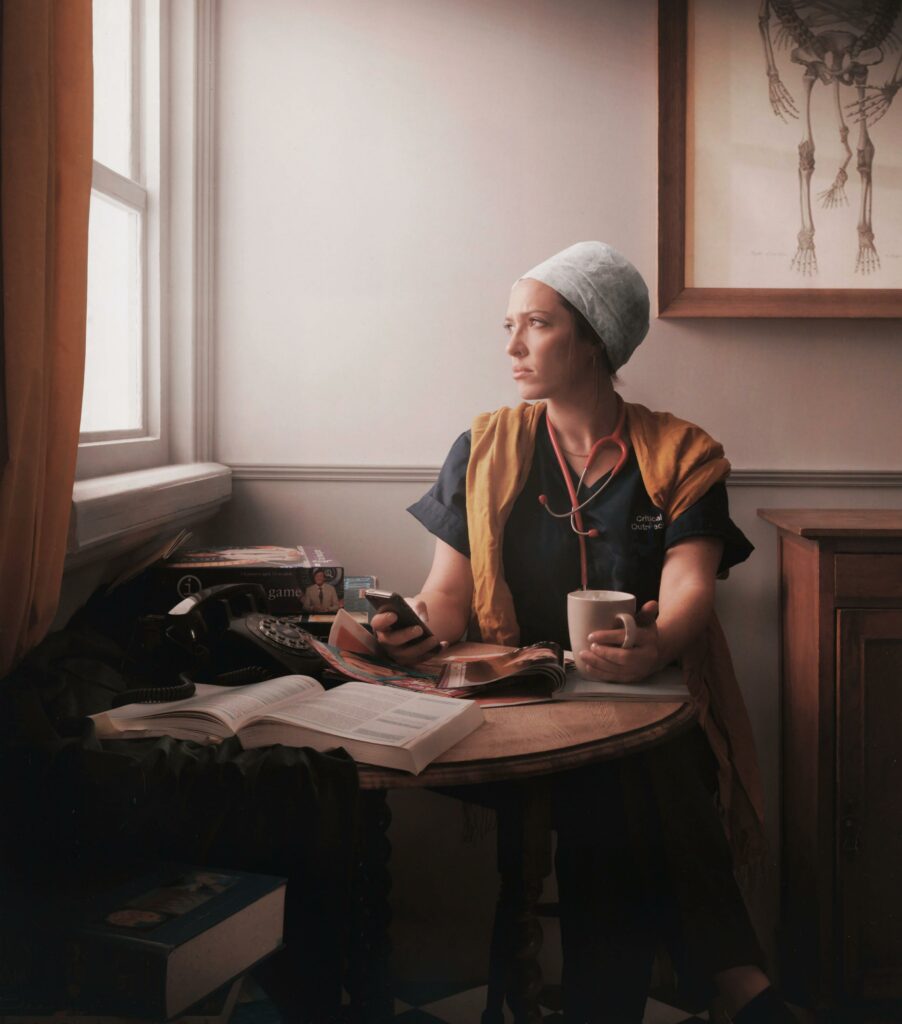
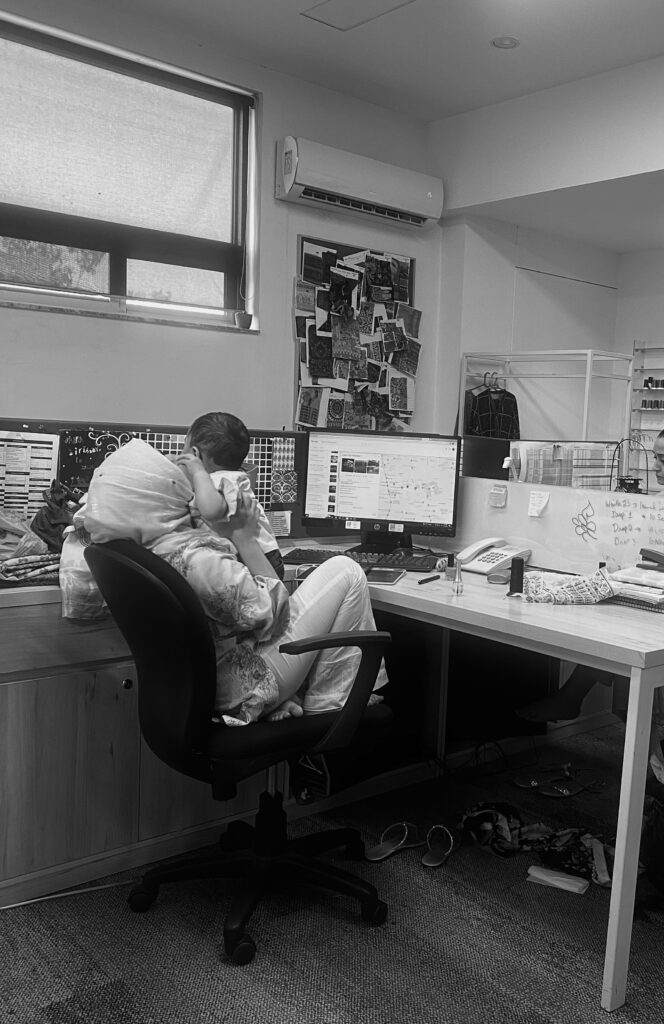
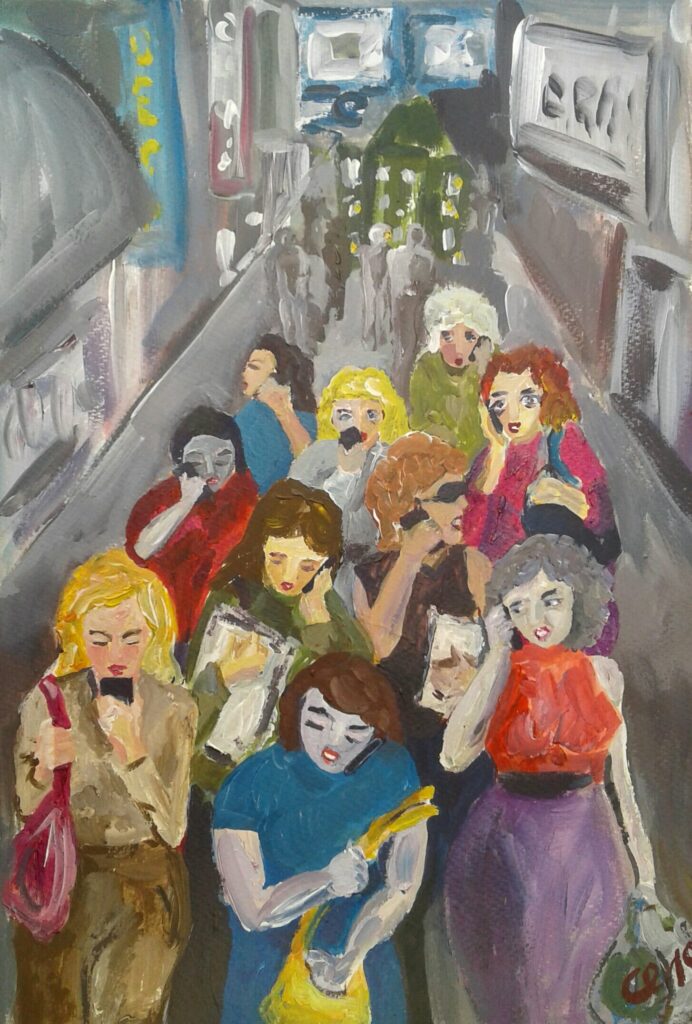
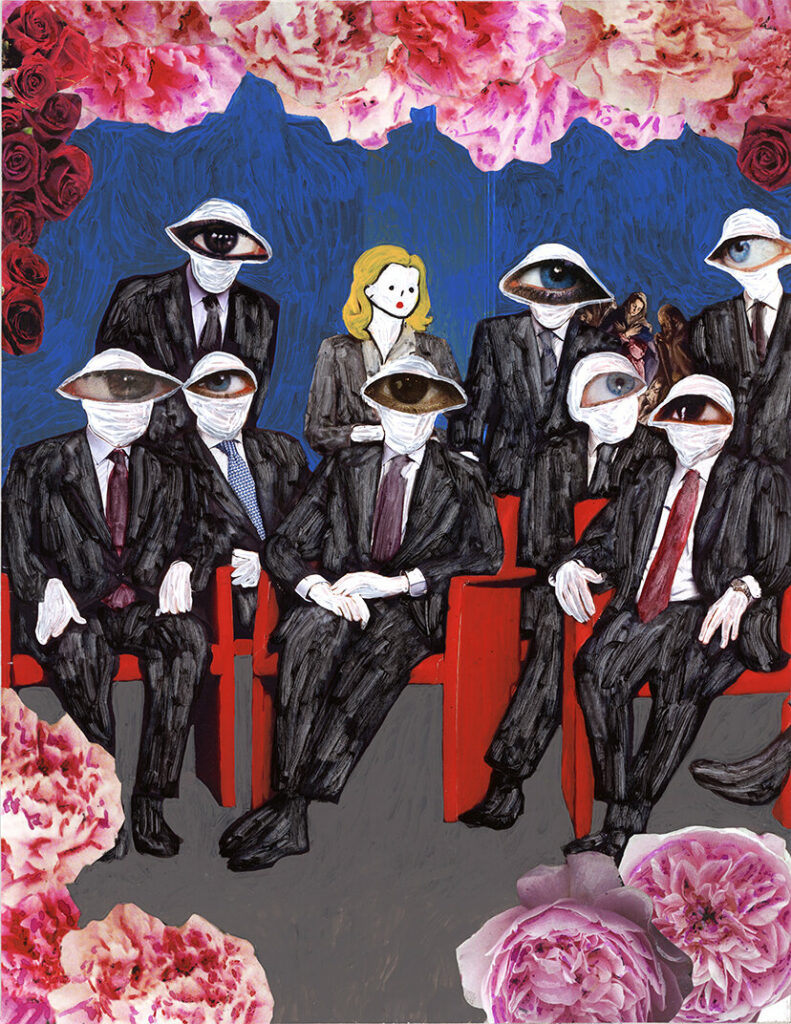
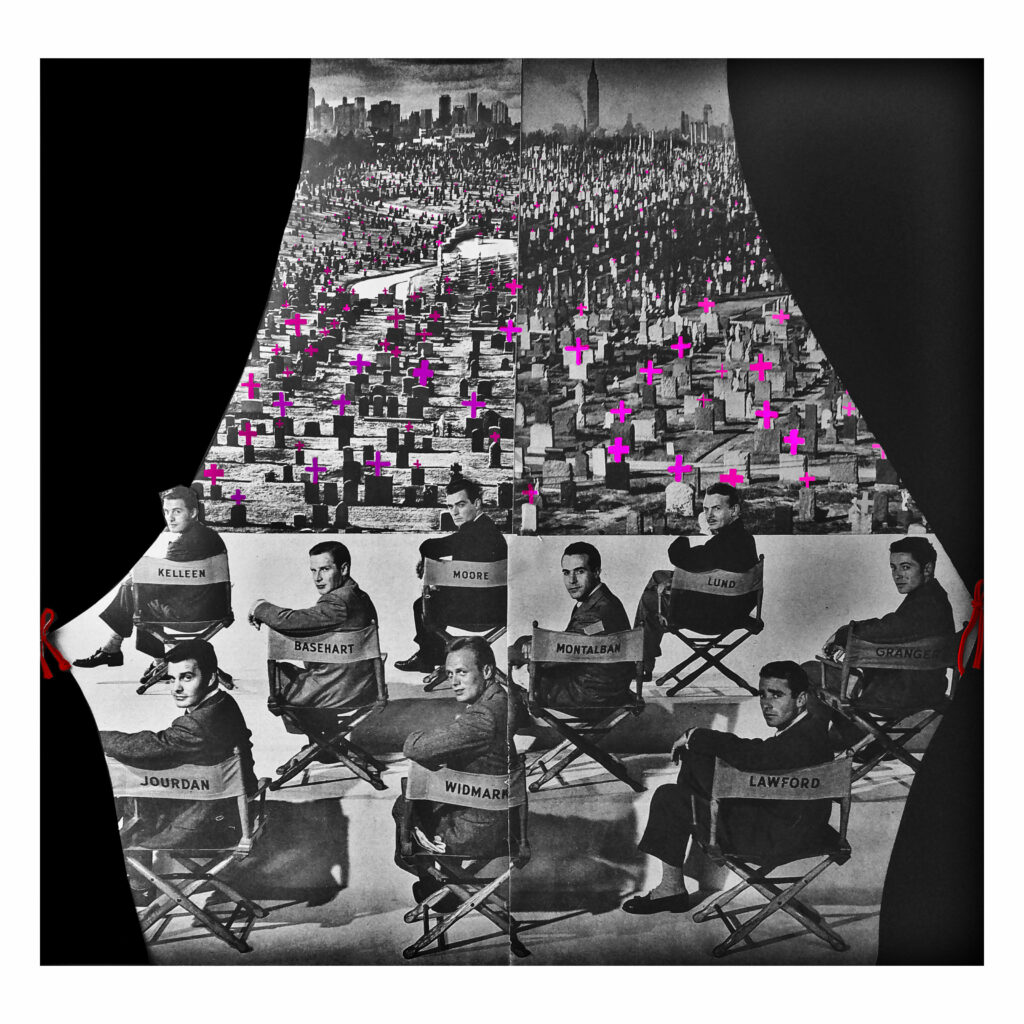
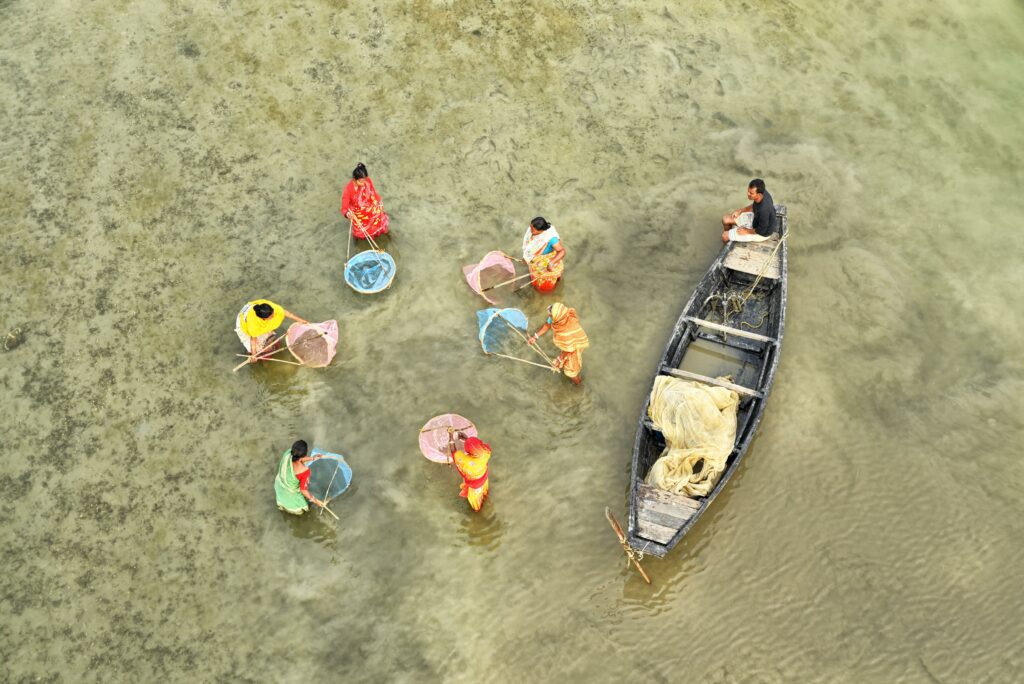
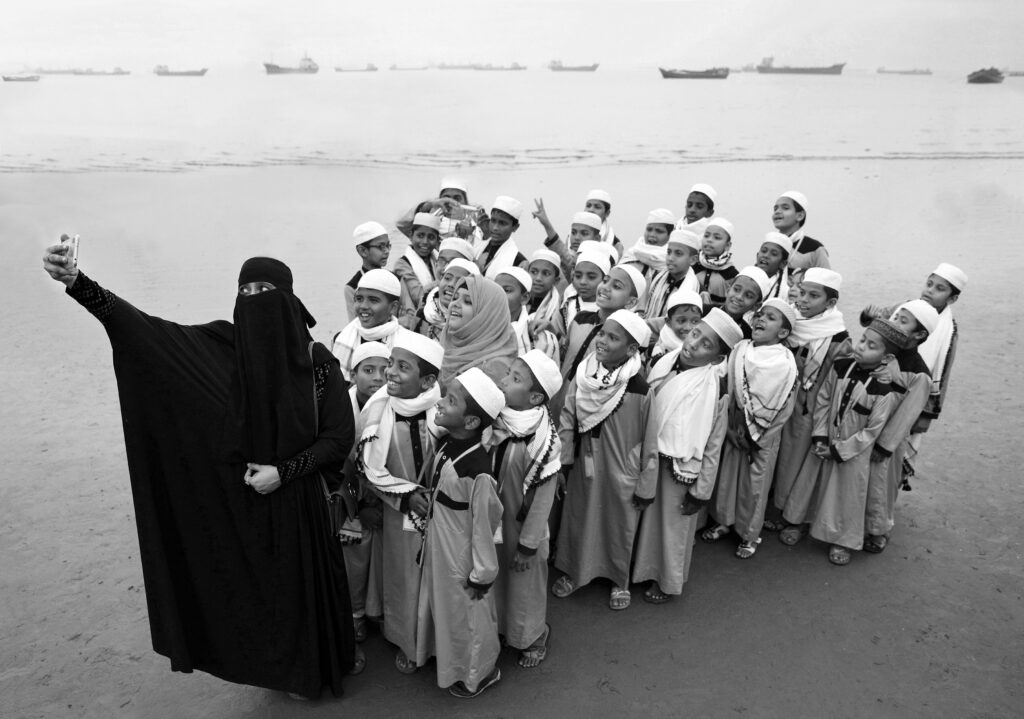
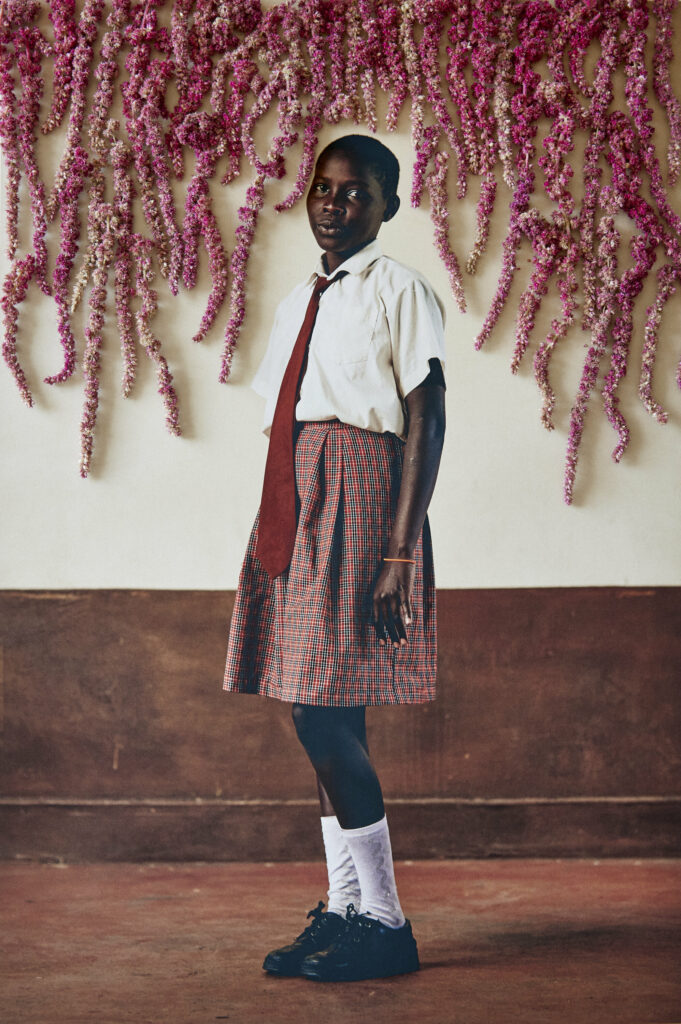
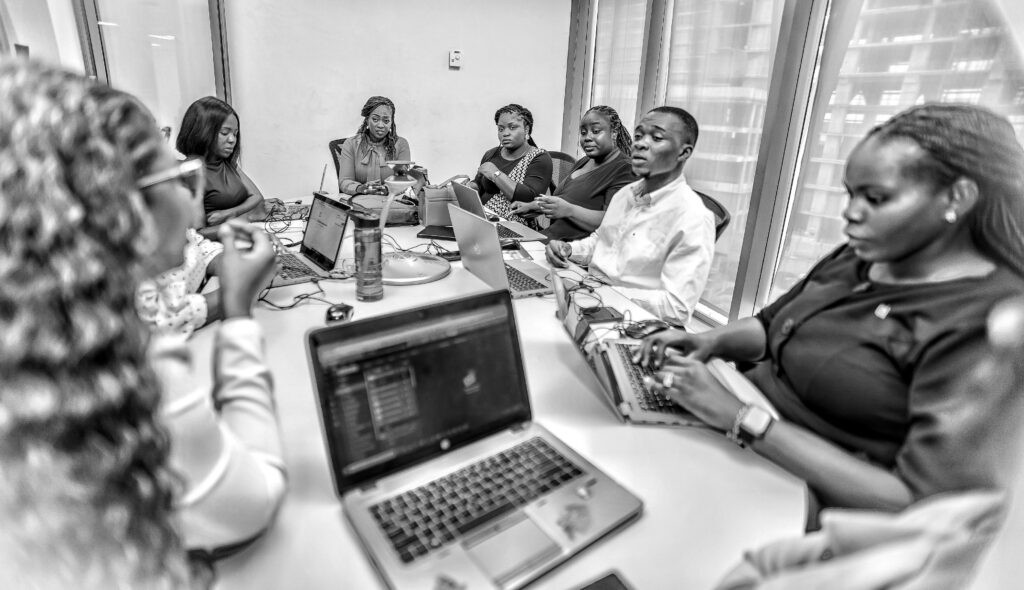
Aderemi Davies “AyaworanHO3D”.
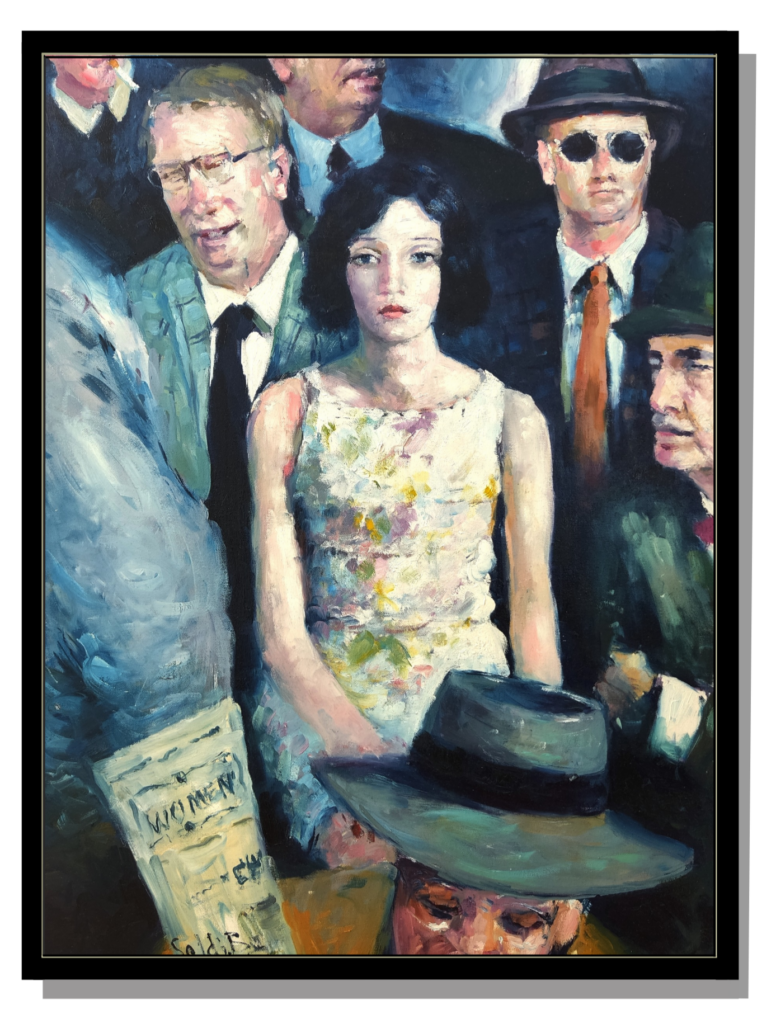
(In)Equality and sexual and reproductive health and rights (SRHR)

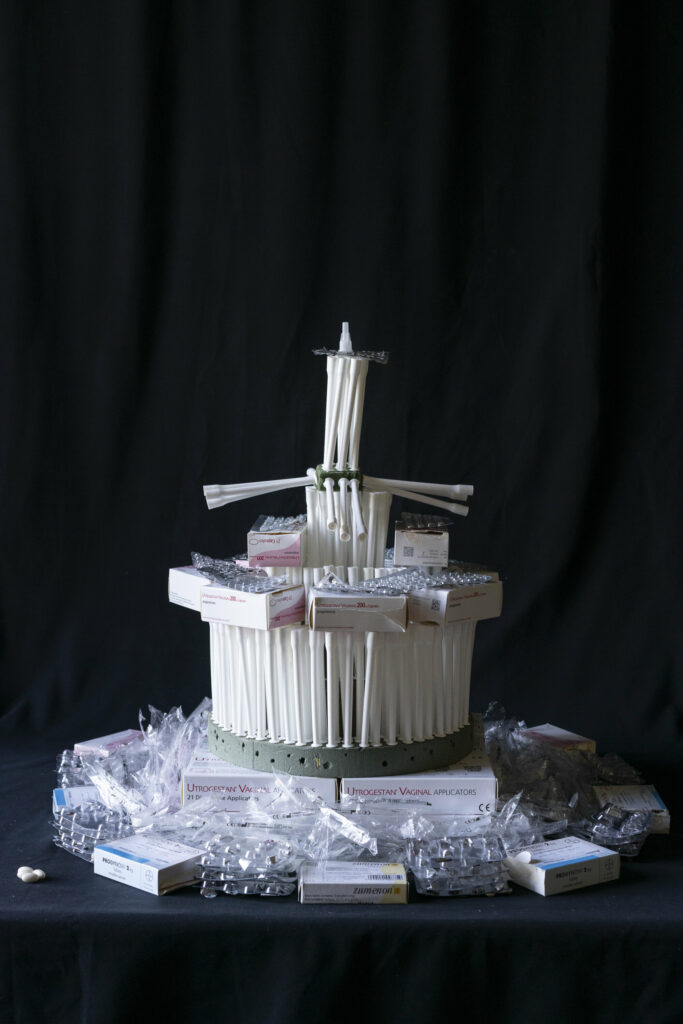
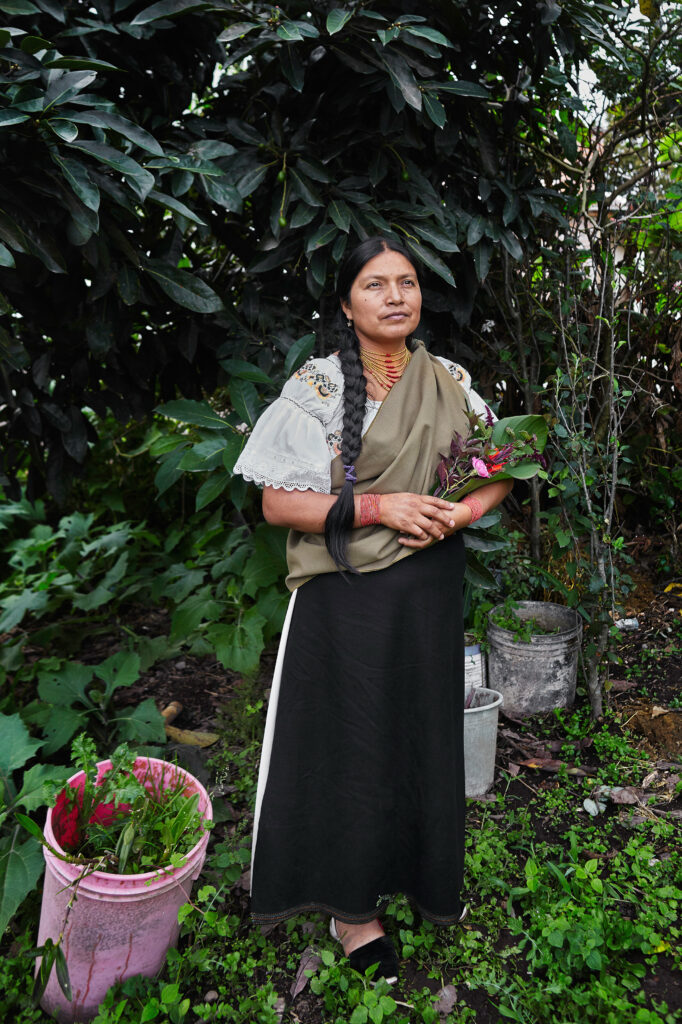
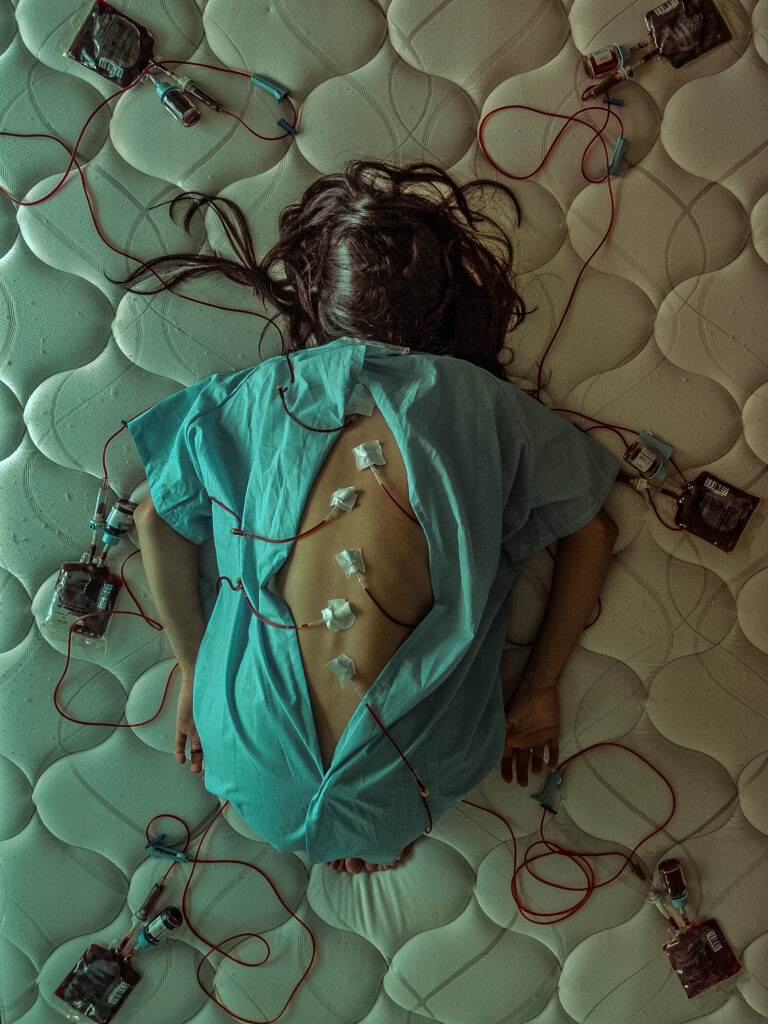
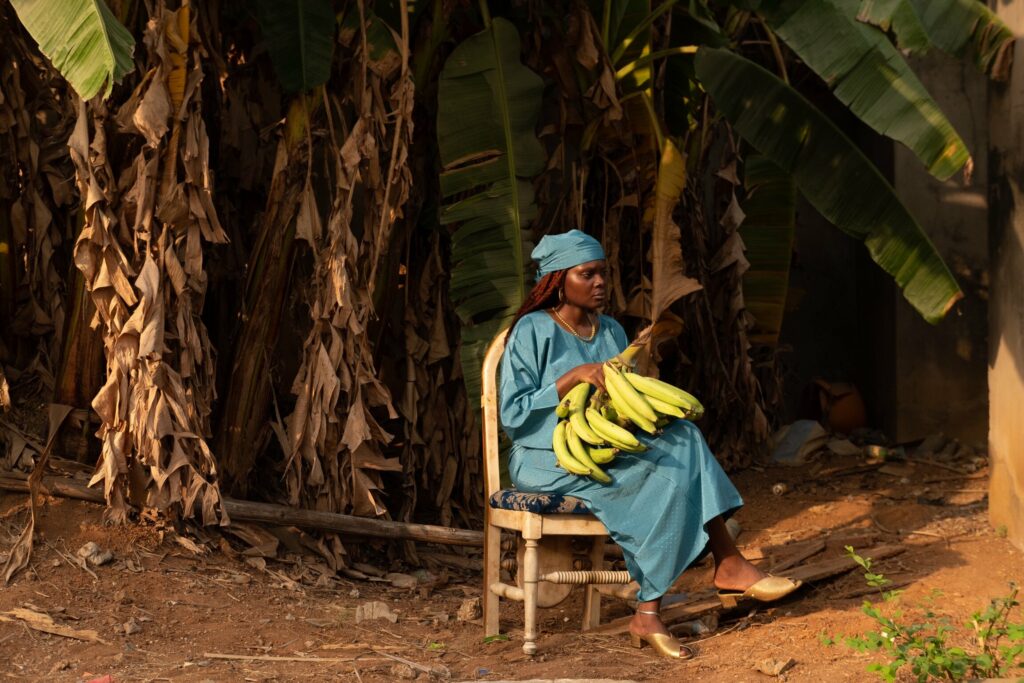
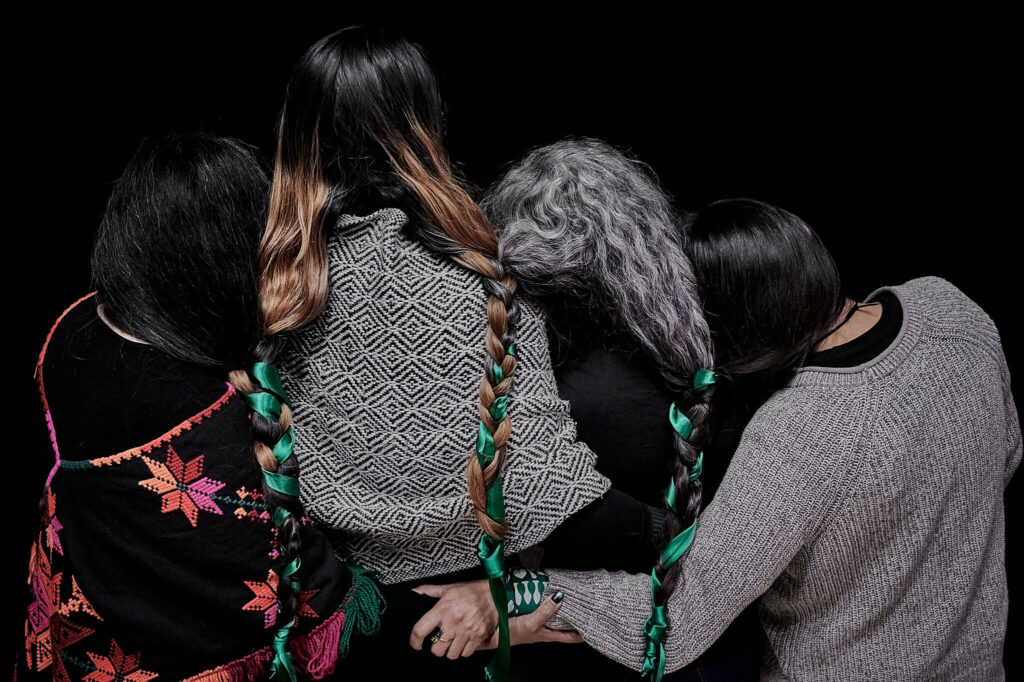
(In)Equality and planetary health
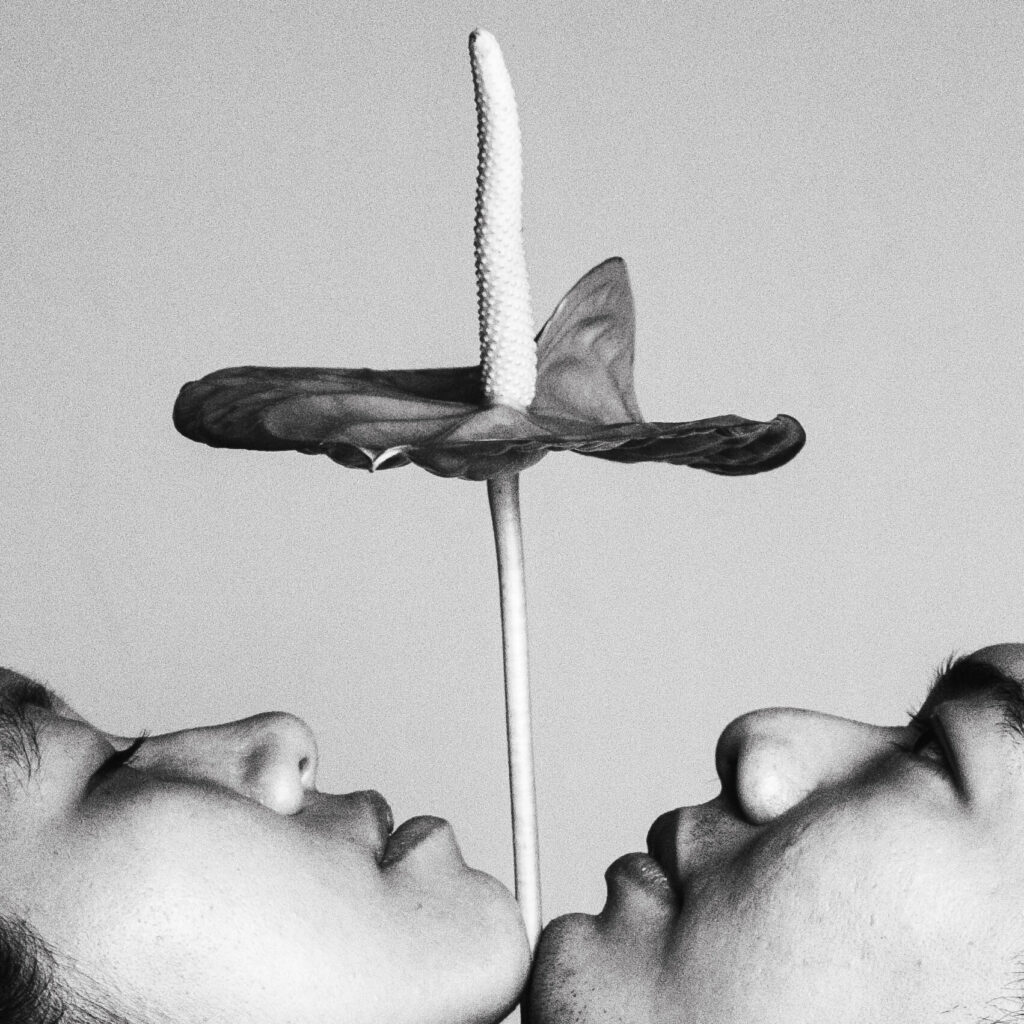
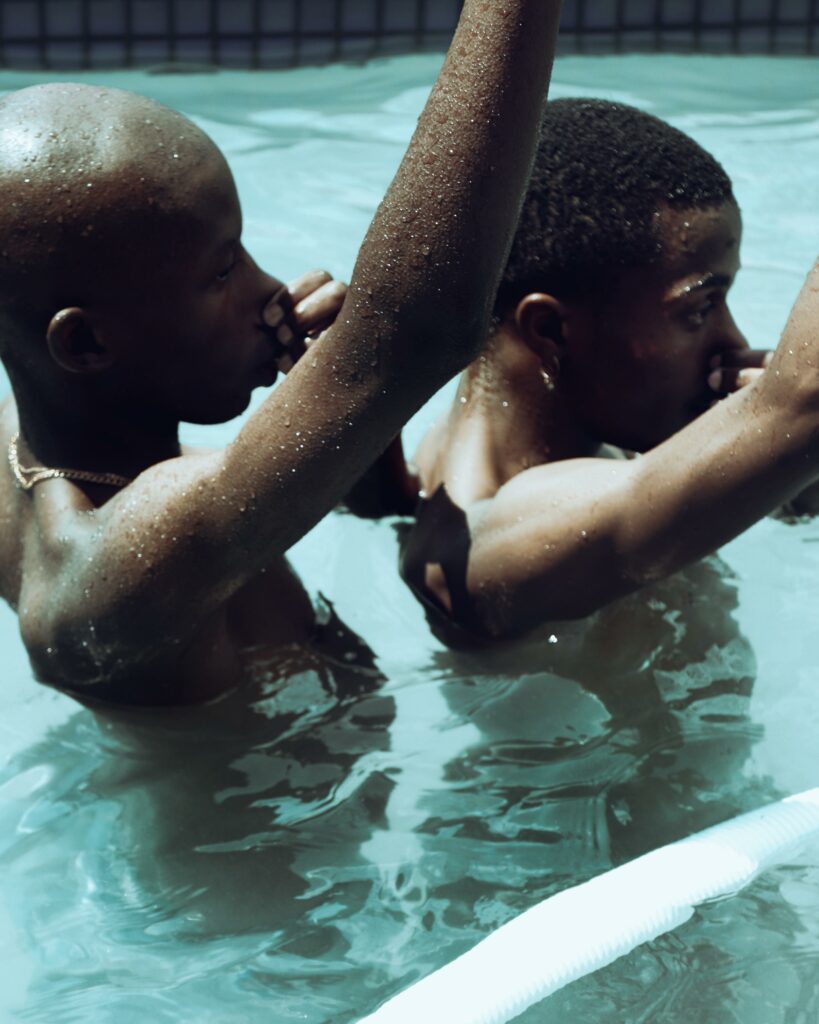
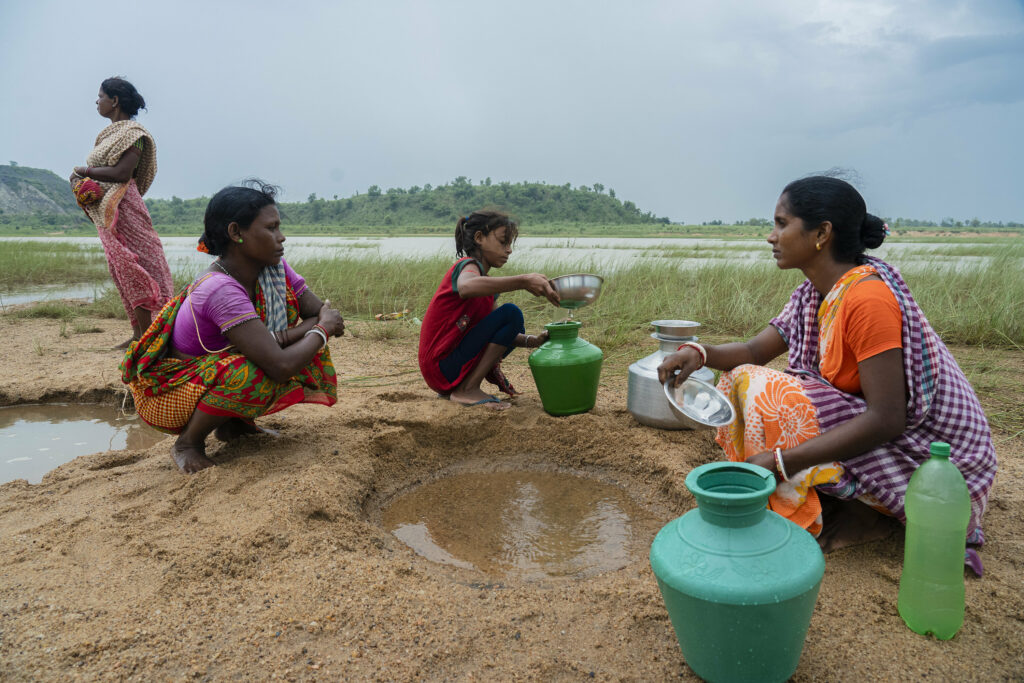
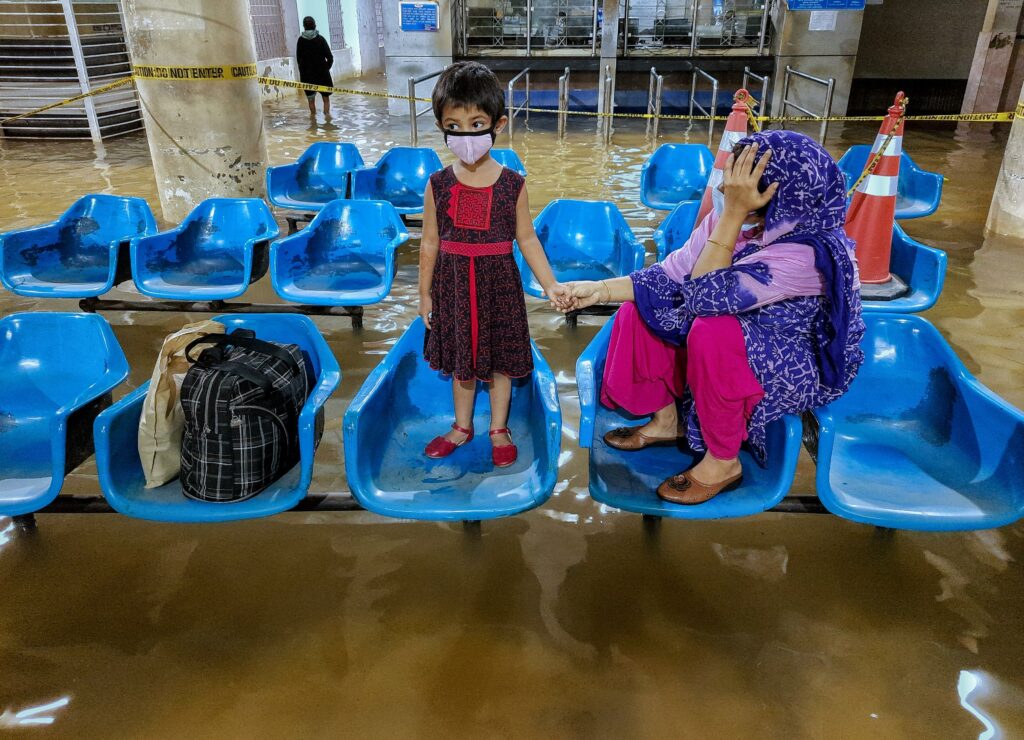
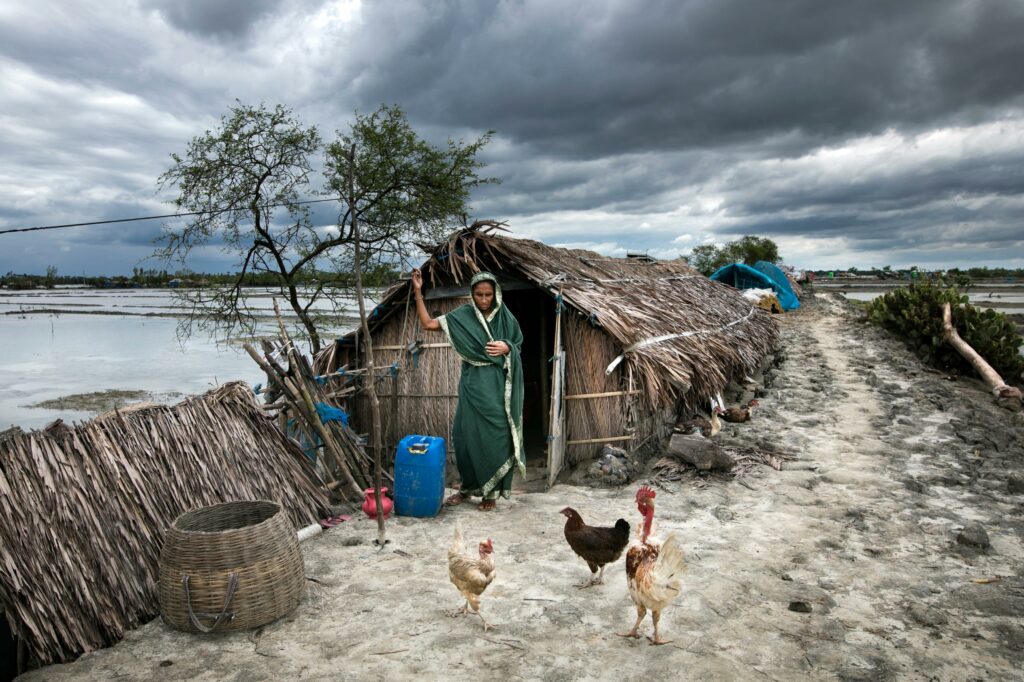
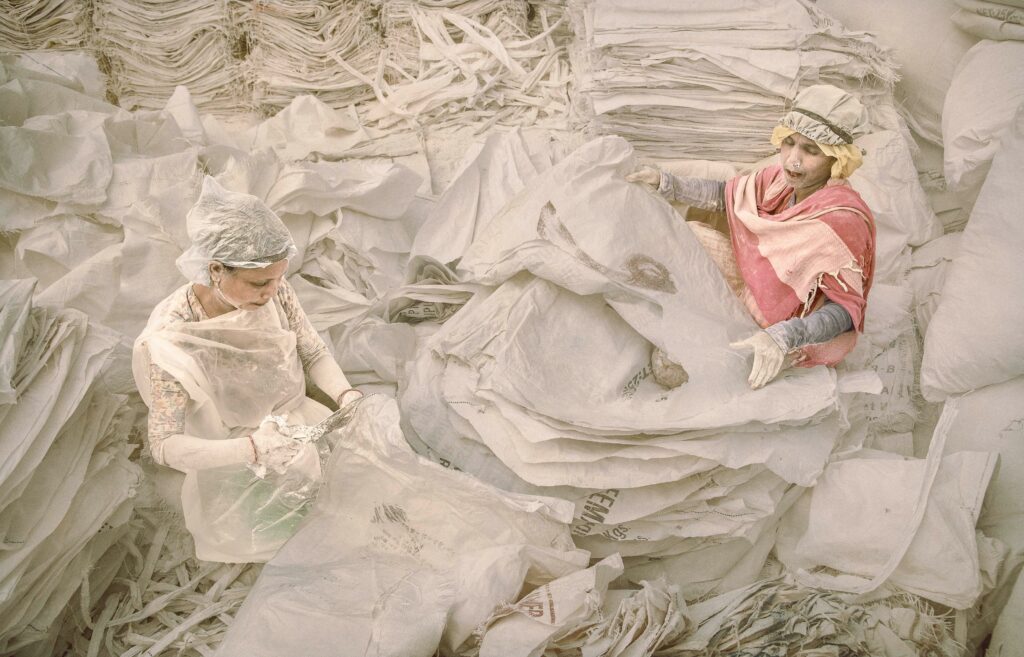
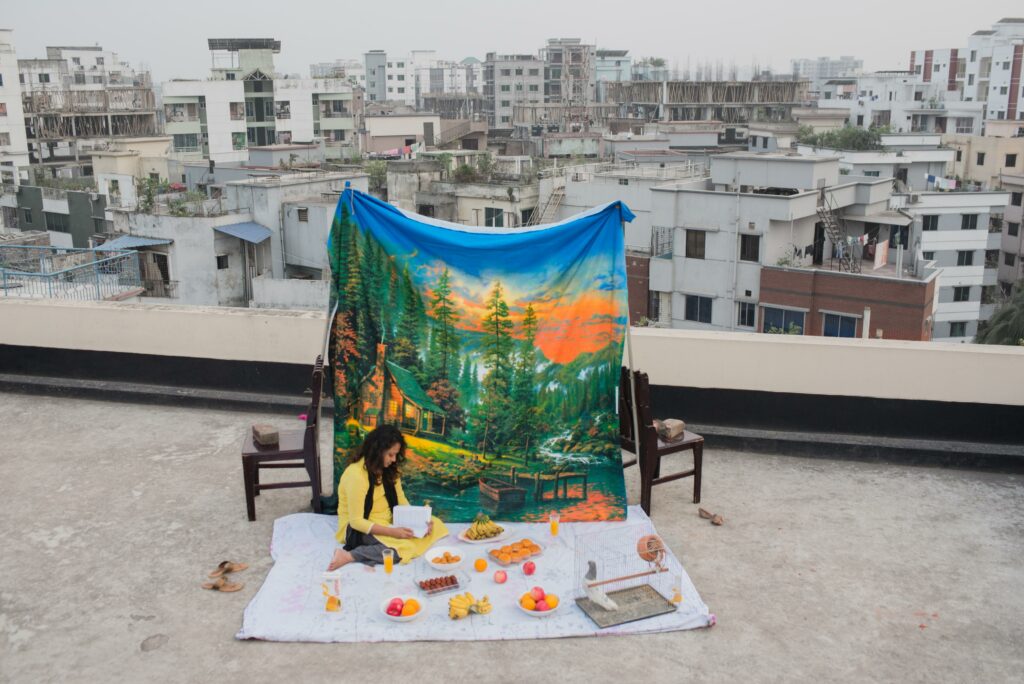
THE JUDGING PANEL
We are grateful to our panel of Judges who helped shape the final collection.
A word of appreciation belongs to Marion Lynch, a global health consultant and passionate advocate for gender equality, who steered the judging process, and Manisha Nepal, a volunteer who enthusiastically helped with the dissemination of the open call to ensure a wide range of submissions.
Zahra Joya, an Afghan journalist and a founder of Rukhshana Media
Marion Lynch, an expert in integrating the arts into health and enabling others to do the same
Prof Thirusha Naidu, Head of Clinical Psychology at King Dinuzulu Hospital and an Associate Professor in the School of Nursing and Public Health in Durban, South Africa
Altaf Qadri, an award-winning photojournalist based in New Delhi, India
Dive into the visuals and data of our Global Health 50/50 2023 report: Workplaces: Worse for Women.
Dive into the creative processes, visual ethics, and exclusive behind-the-scenes details of selected images in our Representation Matters series.
For inquiries about This is Gender (In)Equality contact our curator Imogen Bakelmun at imogen.bakelmun@globalhealth5050.org.
